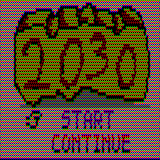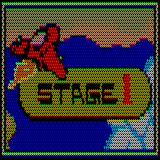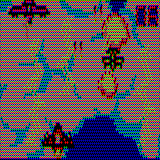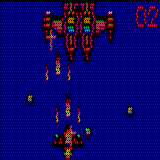Creating this page, at the very start of 2024 makes me realise just how much wonderful things we’ve got done over the last few years.
For most years I’ve had some idea of what might happen over the course of the year, but for 2024 I really do not know what to expect. Most remaining tasks are incredibly difficult, but as always, this page will serve as a place to dump emulation screenshots and a some notes about progress that does happen.
Maybe the most surprising finding of 2024 was a version of Shamisen Brothers on dedicated hardware. The game was previously known only to exist on Namco’s System 10, and while that version has yet to be found, a CD for the dedicated hardware version did, and luckily it contained enough data (in the form of an update file) to be able to emulate it even without a dump of the BIOS ROM from the PCB, which is also yet to be found. It’s a rhythm game somewhat reminiscent of Namco’s own Taiko series.
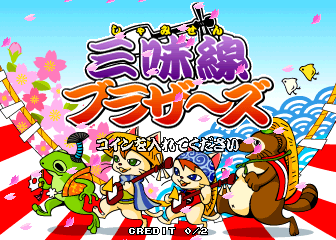
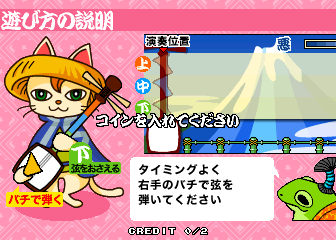
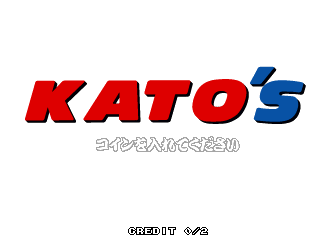
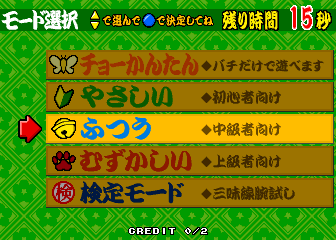

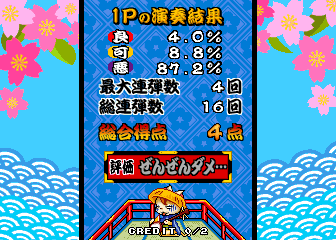
Gakken’s Compact Vision TV Boy is a rare Japanese console with similar hardware to the original TRS-80 Color Computer and the Dragon 32, but unlike those this one used cartridge media where the processor was an MCU inside the cartridges with the game ROM embedded into the same die. This made dumping much more difficult, which is why it has taken until now for it to be emulated.
Compact Vision TV Boy – Mr Bomb
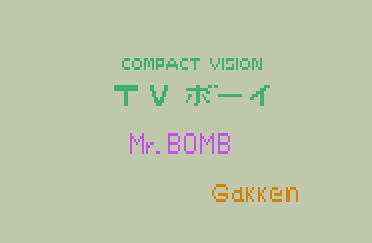

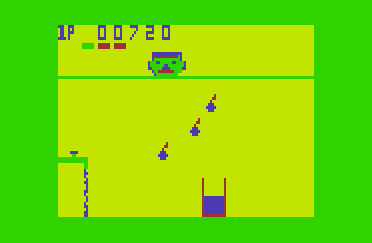
Compact Vision TV Boy – Chitaikuu Daisakusen
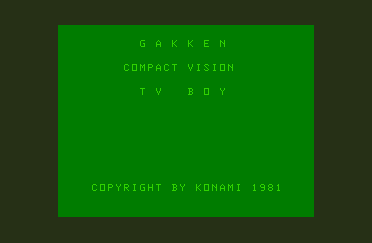
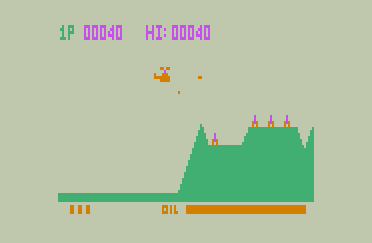
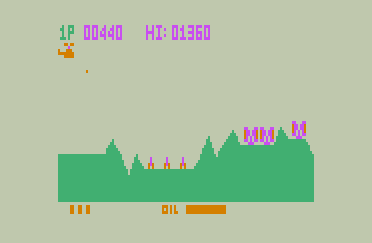
Compact Vision TV Boy – Excite Invader
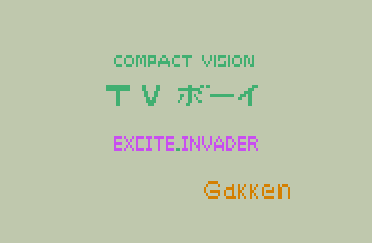
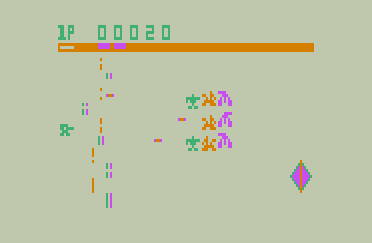
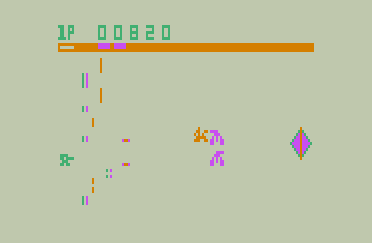
Compact Vision TV Boy – Shigaisen 200X-nen
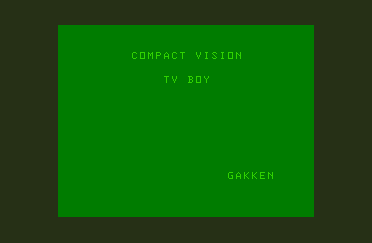
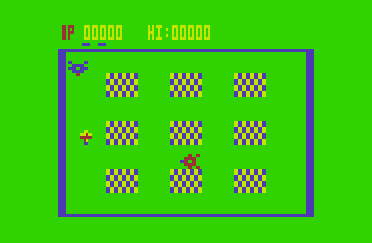
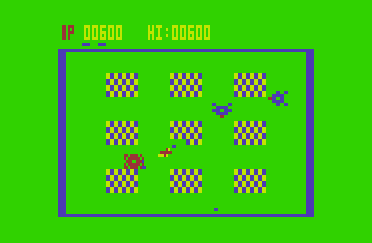
Compact Vision TV Boy – Robotan Wars
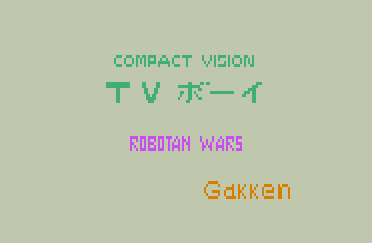
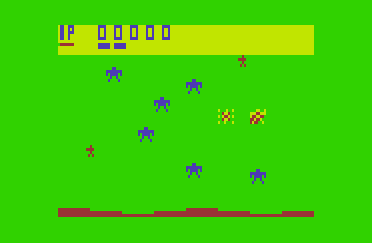
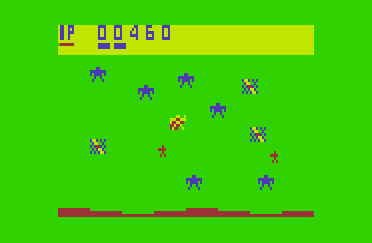
Compact Vision TV Boy – Frogger
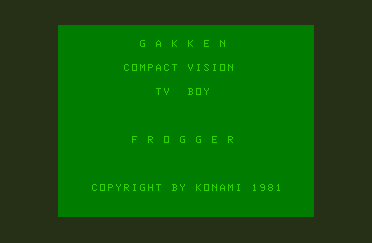
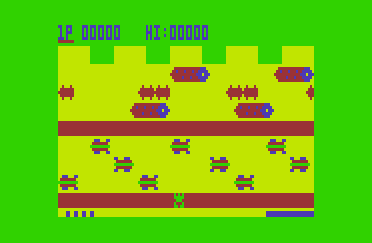
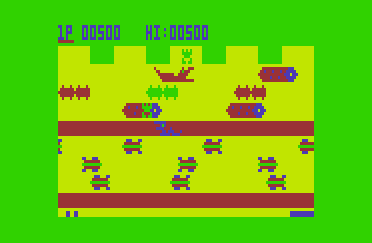
One of the first improvements of the year saw further work on one of the later additions from the end of 2023. Taito’s Poker Spirit might not be an all time classic, but it’s important to document these things nonetheless so proper palettes and improved sprite handling were more than welcome.
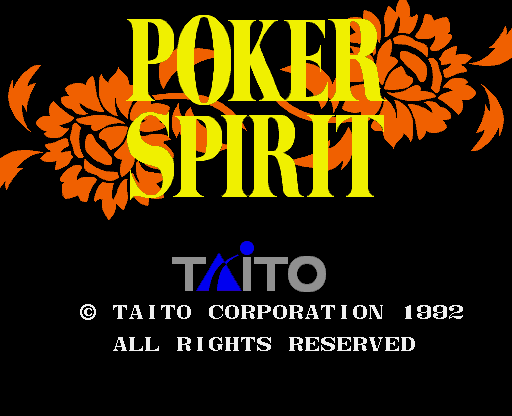
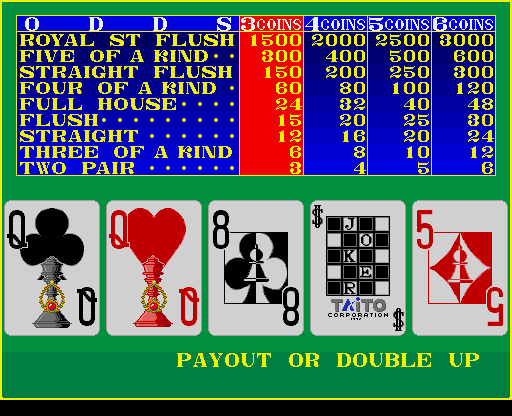
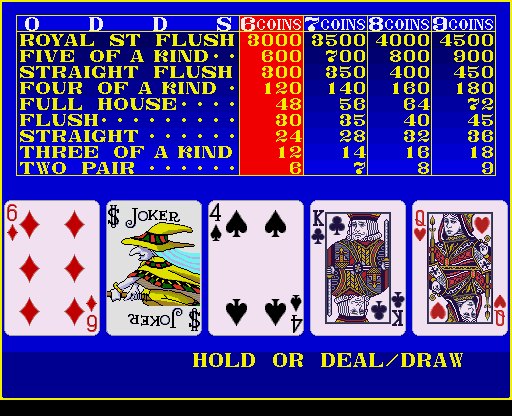
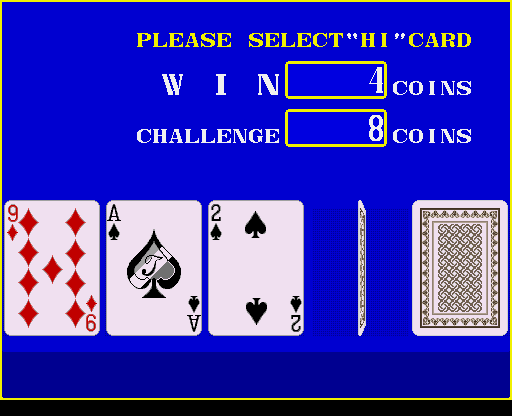
Medal games are a close relative of gambling games, in that they require no skill, have minimal gameplay and simply award tickets (which can usually be exchanged for cash) based simply on how much the machine wants to pay out. Sammy made a large number of these, and Gun Kids is one of the titles that saw support added in 2024.
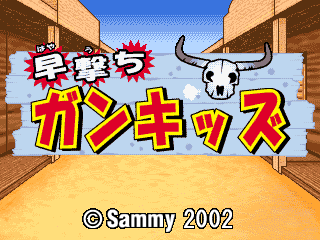
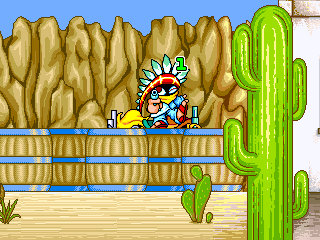
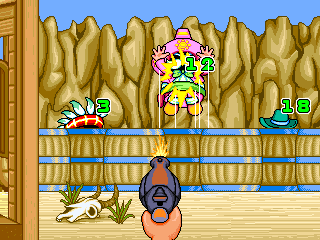
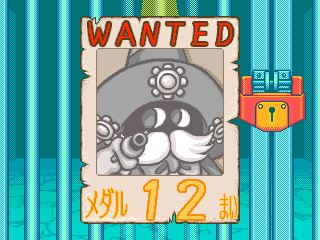
Konami’s Tokimeki Memorial Oshiete Your Heart games were another line of novelty products, these having printers and offering printouts of characters to the player depending on the choices they make while playing.
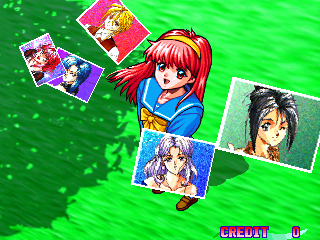
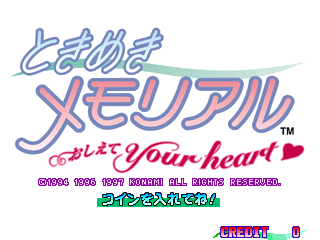
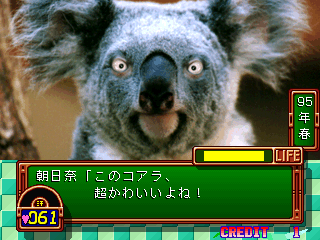
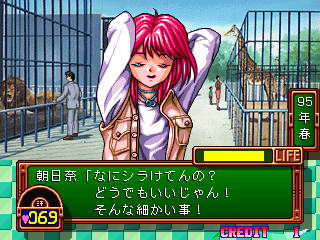
While you’d be forgiven for thinking the screenshots of Takara Tomy’s Hi-Kara make it look a lot like Takara’s earlier e-kara plug and play system, and indeed, both run on XaviX based hardware, the physical products were quite different an incompatible with each other. Hi-kara appears to run on a newer XaviX type, with faster clock speed, but most significant from a buyer point of view is that it was a fully portable system, with a built in screen (that could also be connected to a TV)
2024 saw MAME add support for this evolution of the product line, albeit without microphone input, so it’s still marked as ‘Not Working’ just like e-kara, even if you can listen to all the songs.
Takara Tomy’s Hi-Kara, general presentation screens
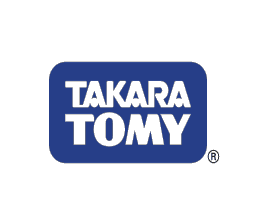
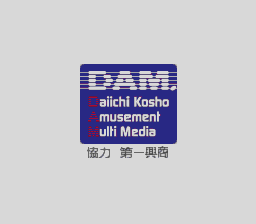
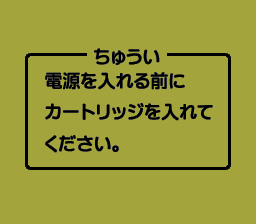
Takara Tomy’s Hi-Kara, a user cartridge containing downloads from back in the day
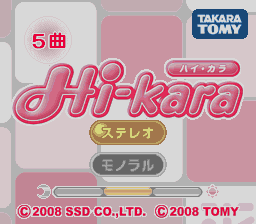
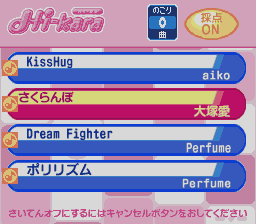
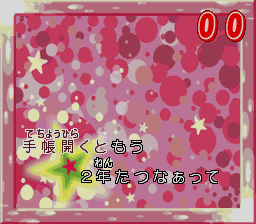
Takara Tomy’s Hi-Kara, Volume 1 / J-Pop 1 cartridge
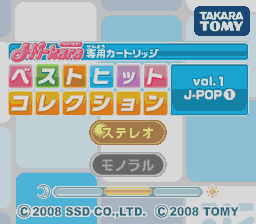
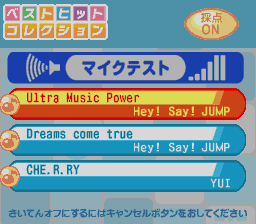
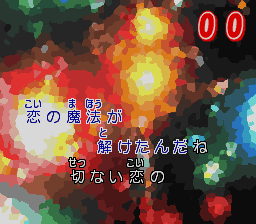
The Hi-kara unit even had some special cartridges released for it, such as a Pocket Monsters (Pokemon) cartridge, fully licensed by Nintendo.
Takara Tomy’s Hi-Kara, with Pokemon cartridge

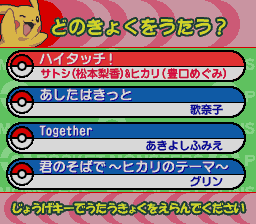
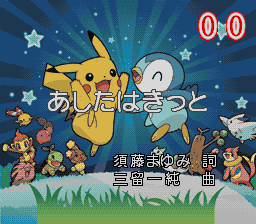
Also for the Hi-Kara was a “Ciao Best Hit Cartridge” which was not sold at retail as a standalone cart, but instead provided as a bonus item with a manga.
Takara Tomy’s Hi-Kara, with Ciao Best Hit Cartridge
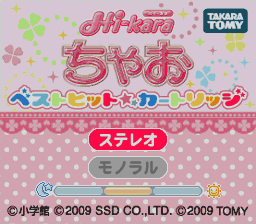
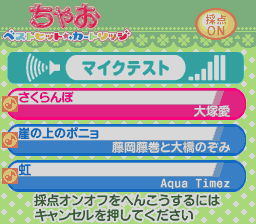
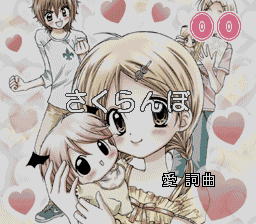
Of course support for some additional e-kara cartridges was also added, some with unique presentation of their own, such as the Misora Hibari PR-06 cart, which was a pack-in for certain e-kara units.
Cartridge PR-06 with e-Kara, as bundled with the Misora Hibari themed microphone
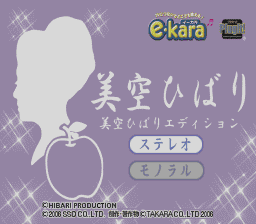
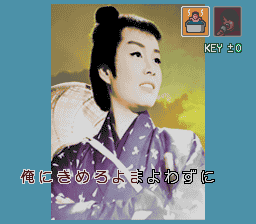
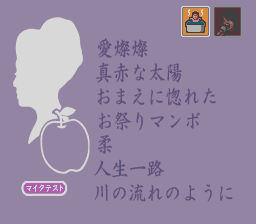
PR-01 is also quite an interesting cartridge, as it contains only a single song and shows ‘Not for Sale’ in the corner of the title screen. Presumably this was another pack-in cart bundled with a product, but it is unclear which product – maybe a magazine of some kind like the Ciao Best Hit cartridge on Hi-Kara. A PR-02 cartridge has been seen too, so maybe there are PR-03, PR-04 and PR-05 cartridges out there also.
Cartridge PR-01 with e-Kara, note the ‘Not for Sale’ text
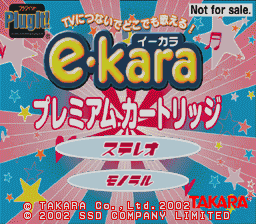
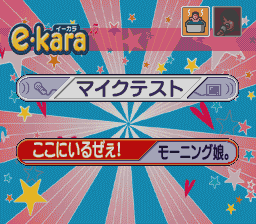
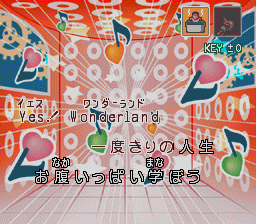
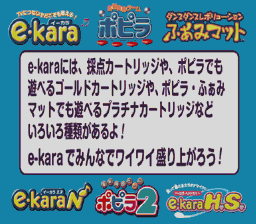
Cartridge GS-1, Natsukashi no Meikyoku-shū (Akatonbo, Haru ga Kita, etc.) is another interesting one. It’s the only GS-x cartridge that has been seen, and looks very much like one of the Gold series (G-x) cartridges, and much like those works with both e-kara and Popira. With e-kara it seems like any other cartridge, but when used with Popira it offers a noticably easier selection of songs. In that configuration, some of the songs here only require a single button input and even the higher ranked ones still don’t really present a challenge. Furthermore it has a practice mode where you can’t even fail. This makes me think the cartridge was designed for a very specific market, maybe like the rehabilitation version of Taiko no Tatsujin.
Cartridge GS-1 with e-Kara
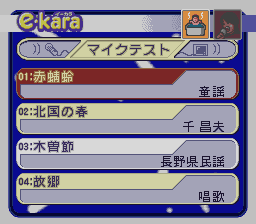
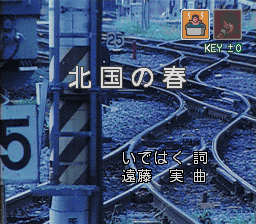
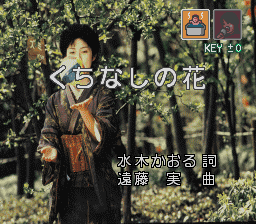
Cartridge GS-1 with Popira
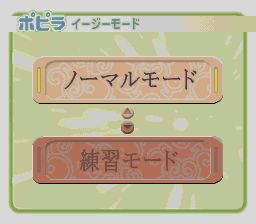
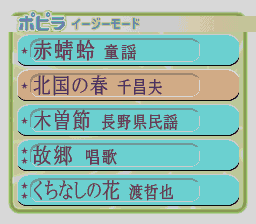
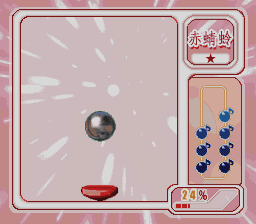
Along similar lines, the eM14 cartridge for the Tomy Evio was dumped, and support added. This is the Disney Special cartridge, and has some custom theming when compared to all the other releases for the system. It isn’t yet playable without the violin controller emulated.
Tomy’s evio, with eM14 Disney cartridge
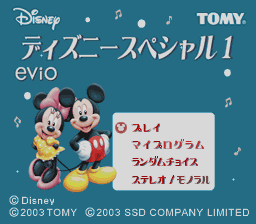
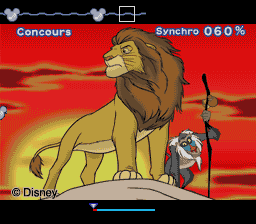
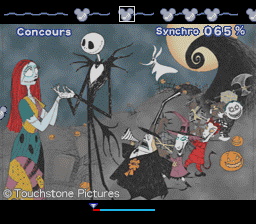
XaviX hardware was also used for Epoch’s Tokyo Friend Park 2, a mat-type plug and play based on the Japanese TV game show
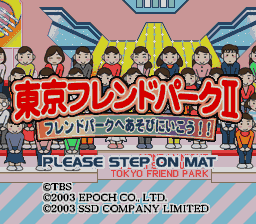
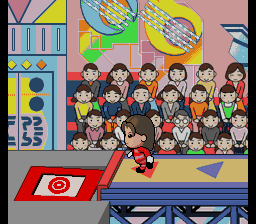
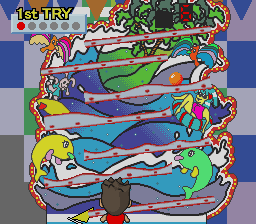
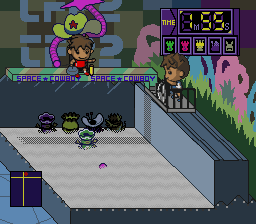
Inputs were added to some other XaviX based games, bringing them to playable status. “Nihon Isshuu – Boku wa Plarail Untenshi” from Tomy, is one such title. It’s a plug and play train simulator for kids that takes influence from Taito’s Densha de Go! series, but with significantly simplified mechanics that mean you can’t really crash or fail.
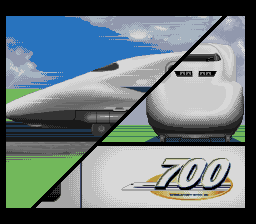
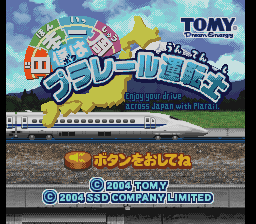
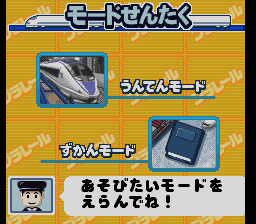
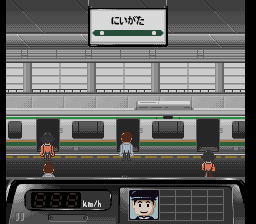
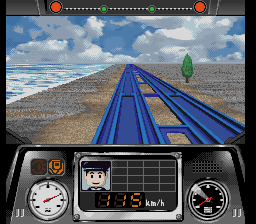
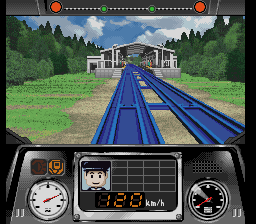
There’s very little information online about Sudoku: Do You Sudkou? a 2005 Plug and Play released by SDW Games. It’s one of many Sudoku TV games from the period, with many of the more common ones being emulated in years prior. This runs on SunPlus hardware and has barebones presentation, booting straight to the game screen.
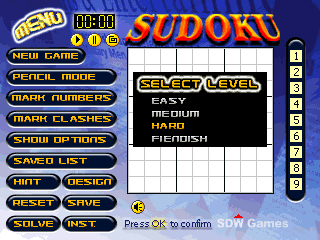

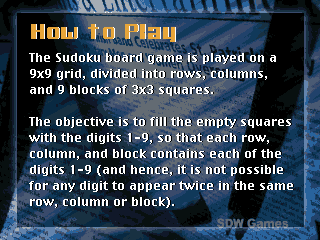
Taito’s KiKi KaiKai was one of a handful of Taito games still using simulated protection. 2024 saw a change to that, with the original protection MCU finally being dumped, allowing the game to run the proper protection code. It’s been a long journey for this one, with the oldest emulation using the MCU from a bootleg, before that was replaced with simulation code, and now finally correct emulation! The protection on this one controls a lot of bits of game logic, such as the collisions, which have never been quite right until now.
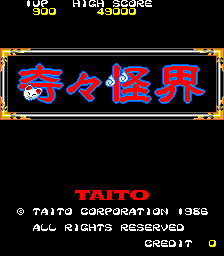
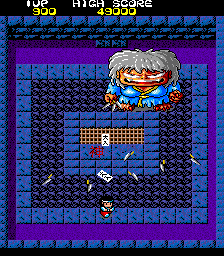
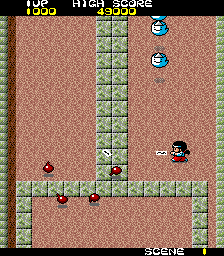
A clone of Jaleco’s Hachoo was added, this one has Japanese text during the intro sequence, while the previous sets showed only the pictures. It is assumed this is the proper Japanese release of the game, with the previously supported sets being ones intended for export.
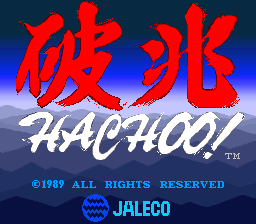
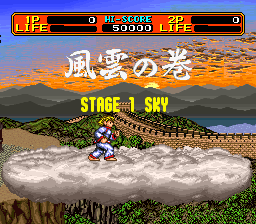
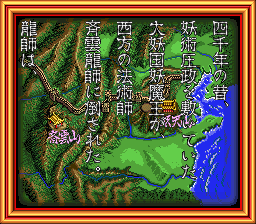
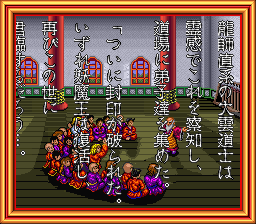
Alone Shettle Crew is a very rare game put out by New Digimatic of Italy, although it seems to have been developed in Japan and has hardware very similar to Nichibutsu’s Wiping. It’s possible the game was never released as along with the obvious typo in the game title there’s little information on it, and it doesn’t really seem to make use of the protection chip present on the PCB.
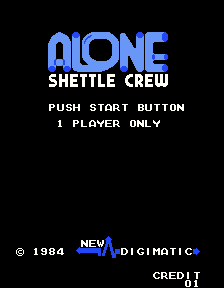
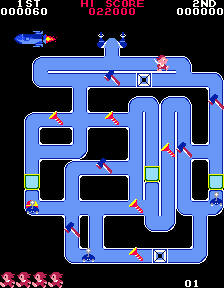
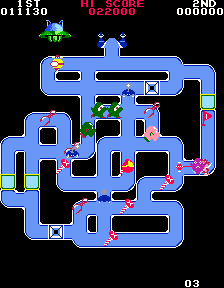
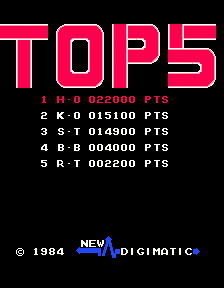
Another game that was known to arcade goers in Italy is Tehkan’s Au; a reference to the periodic symbol for gold. It is suggested this game never saw full release, at least in Japan, but it existed in several arcades in Europe. The game appears to be complete, but like many uncommon titles remembered from European arcades it’s unclear if the machines that were being played were simply unreturned location tests, or if Europe was just used as a dumping ground for games that weren’t seen as good enough to succeed in Japan in order to recoup at least some of the development and production costs.
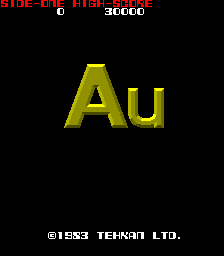
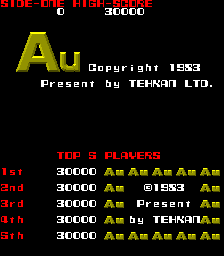
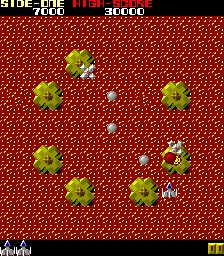
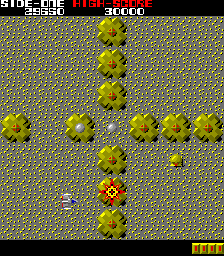
A much rarer arcade game that saw support added in 2024 is Vampire from Entertainment Enterprises, Ltd. This 1983 game, developed by Brass International of Japan is so uncommon it isn’t clear if it saw a wide release at all, or simply failed location testing. The game also has an unfinished feel to it, which only leads to further speculation that it was never fully completed. Much like Au and Alone Shettle Crew above, this is another that was mostly seen in Europe, despite reportedly being a Japanese developed game.
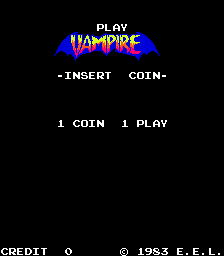
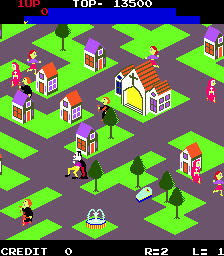
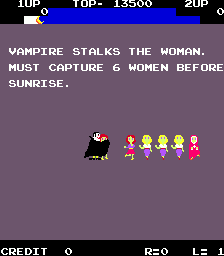
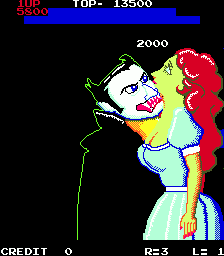
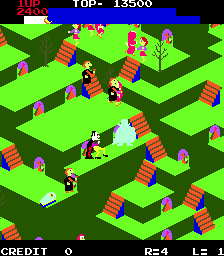
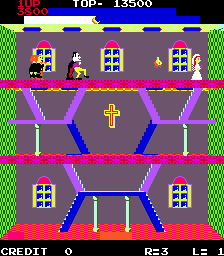
A number of prototype games that were to be published by TCH showed up, of those, Power Ball is the most complete, and appears to be close to a finished build of the game. It runs on Wheels & Fire hardware, but uses the hardware in significantly different ways.
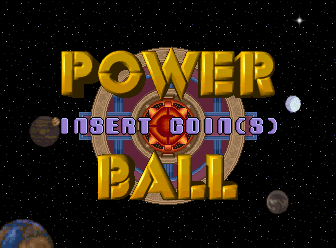
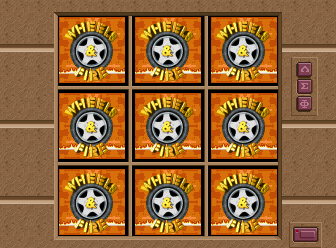


Another game that was in development for the hardware by Digital Dreams Multimedia (DDM) was Kong Ball. This seems to be a fully playable build of the game on original hardware, although the sound ROMs appear to have been removed from the PCB at some point, so it lacks sound entirely. In MAME the game still has severe graphical issues due to again rather different use of the hardware.
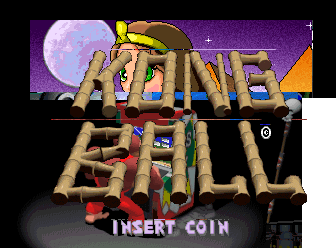
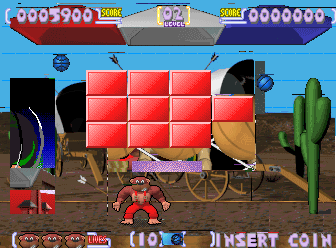
The 3rd game, Radical Enduro from Sator Videogames, is in a much earlier stage of development. While visually this is less glitchy on the PCB than it is in MAME at the time of writing, it isn’t really a functional game there either. After the title logos it goes straight to a course select screen and crashes when selecting most courses. It is unclear if any of these titles saw further development as they’re from around the time TCH exited the arcade videogame business.


Gambling games from otherwise little known manufacturers seem to be found every single year, and 2024 started off showing it was unlikely to be an exception. Open 5 Cards saw support added early in the year.
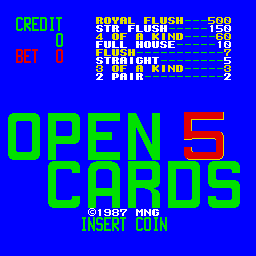
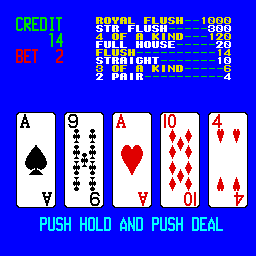
Fearless Pinocchio is a ticket redemption game from IGS presenting itself as a basic fighting title for kids. It’s a single player experience, with a joystick and just one button and no scoring system beyond highest combo. You fight a maximum of 3 opponents in quickfire bouts and are awarded tickets based on your performance and how many tickets the machine wants to pay at a given time. The emulation was improved to the point where it’s sort of playable, but the game seems to be running too quickly, and there’s no sound at the time of writing. The production values are surprisingly high for this type of game.
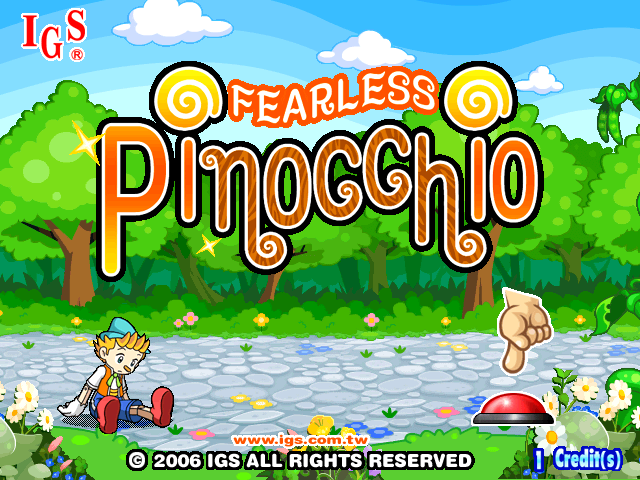
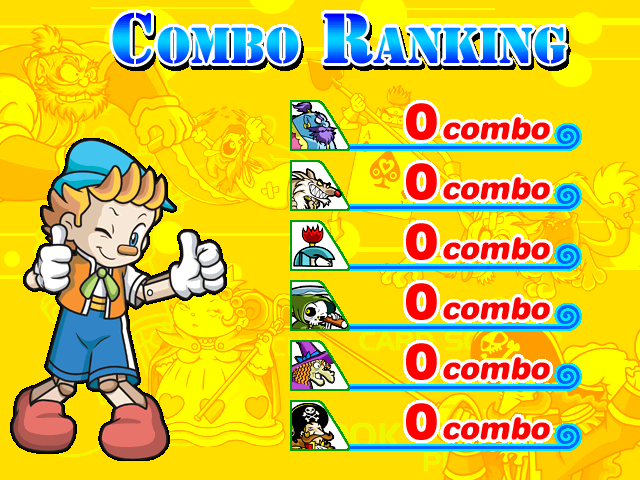
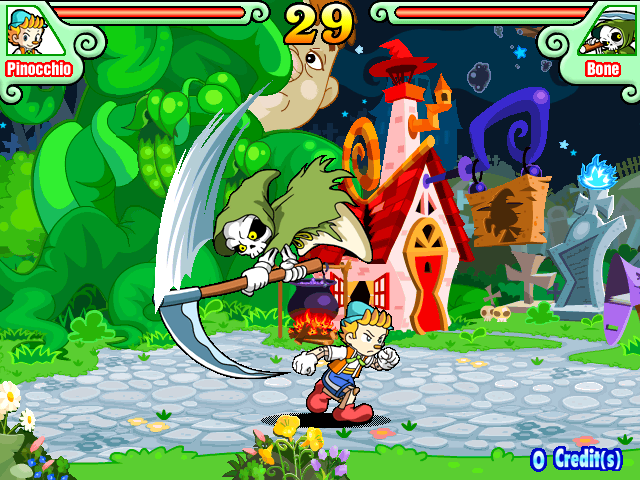
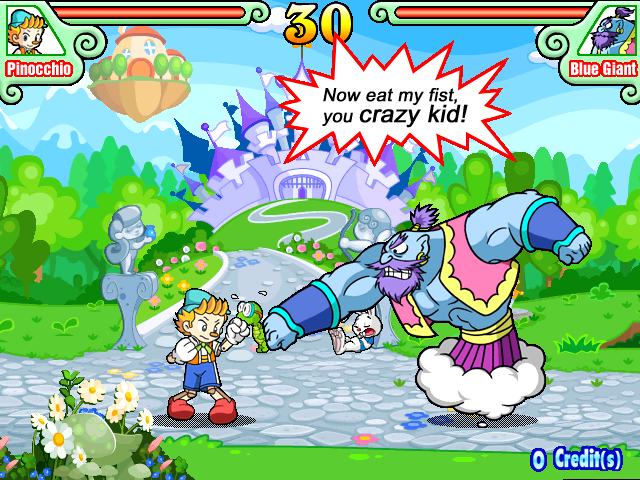
Laserdisc technology resulted in some of the worst arcade games released, but there are some of them you can’t describe an 80s arcade without mentioning. While easily one of the worst of the bunch from a gameplay perspective, Dragon’s Lair is a game many remember seeing when it first hit the arcades. The idea of being able to play something that looked like a cartoon meant the game got a free pass, even if it relies on nothing but learning by trial and error. MAME gained support for it in 2024, relying on techniques developed for the Domesday project. There are still some very ugly interlace problems however.
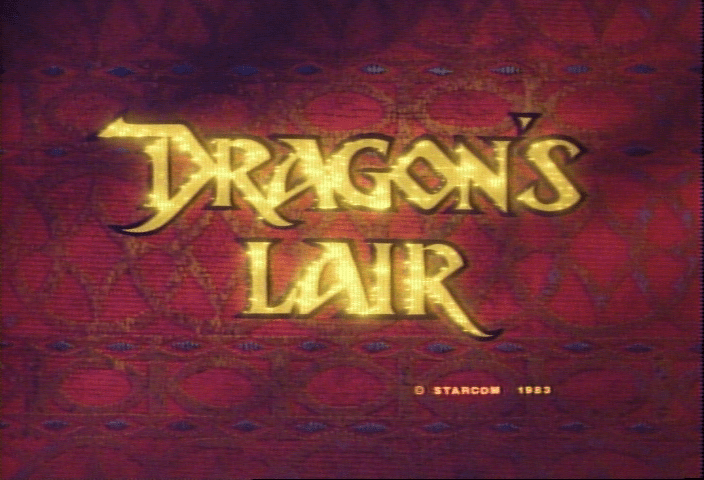
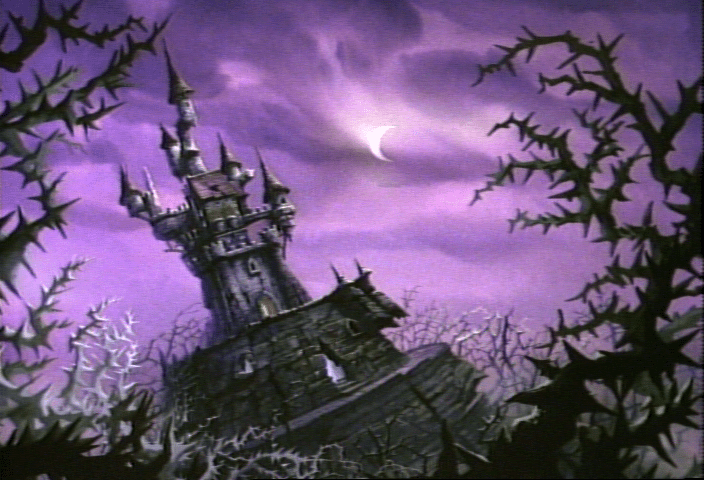
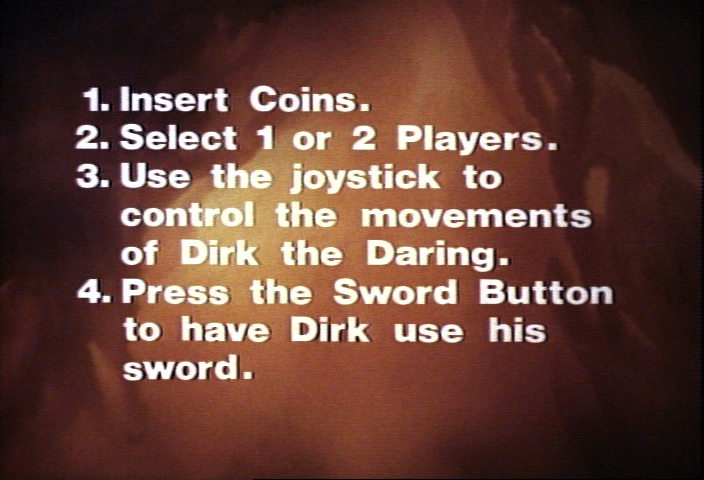
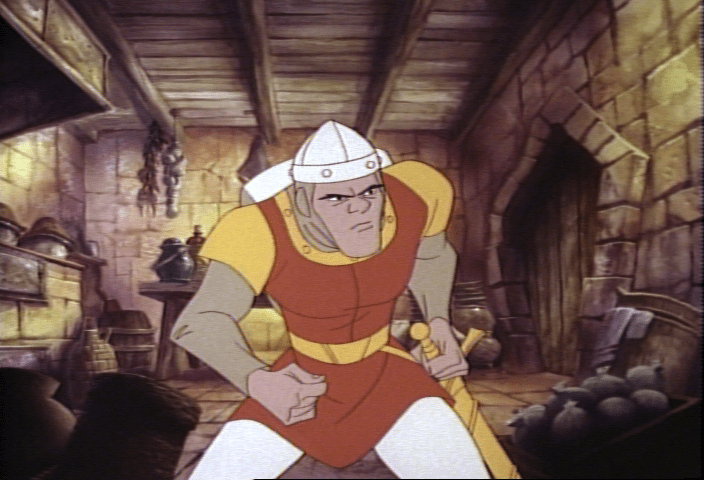
Emulation Improvements
Some of the more complex systems in MAME still require attention, and their drivers revisiting. A good example of this has always been the Taito F3 hardware; one of the most complex pieces of 2D hardware that was available in the 90s, and one were Taito weren’t afraid to use every effect available to the developers in one place or another. 2024 saw some emulation improvements to the platform, removing unsightly hacks, and finding proper solutions to issues that had been even more grossly hacked around elsewhere. Games like Bubble Memories saw improvements such as the boss explosion effect now displaying correctly.
Bubble Memories – Boss explosion improvement
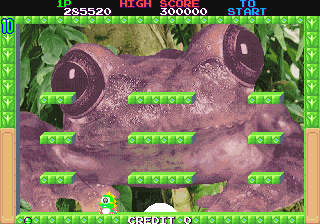
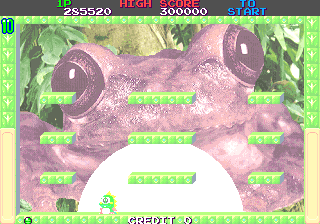
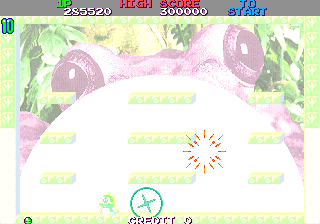
Some of the Taito F3 improvements are more difficult to show in screenshots, such as Riding Fight now properly updating the display every frame, giving smoother animation than before, where every other frame was skipped.
Rare Software for Rare Machines
MAME emulated the Bandai RX-78 Gundam machine in recent years, but that does’t mean at the very moment the machine was emulated all the software for it had been located and preserved. There’s been a trickle of new dumps for the platform since then.
One of the new dumps is Cannon Ball, which is Hudson’s predecessor to Pang. While it would be Mitchell who saw success with the formula, this entry from Hudson shouldn’t be overlooked. Versions of Cannon Ball appeared on a number of platforms, including the ZX Spectrum, but this is the first time the RX-78 version has been emulated.
Hudson Soft’s Cannon Ball for the RX-78 Gundam

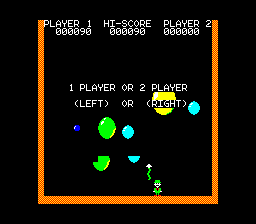
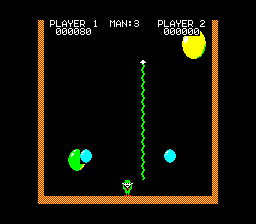
The GameKing 3 is another system where MAME is the primary emulator, and 2 more cartridges were dumped for it too. Diamond, which is a Boulderdash type game, and Hemic Battle which is a crosshair shooter.
Diamond for the GameKing 3

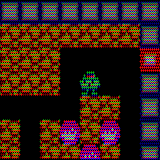
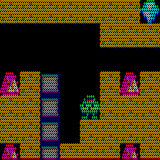
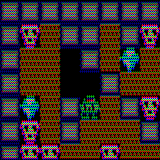
Hemic Battle for the GameKing 3
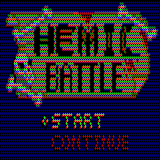
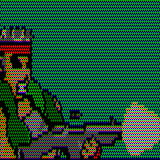
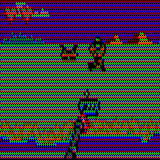
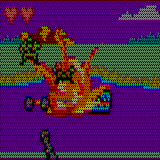
2030 GameKing 3
